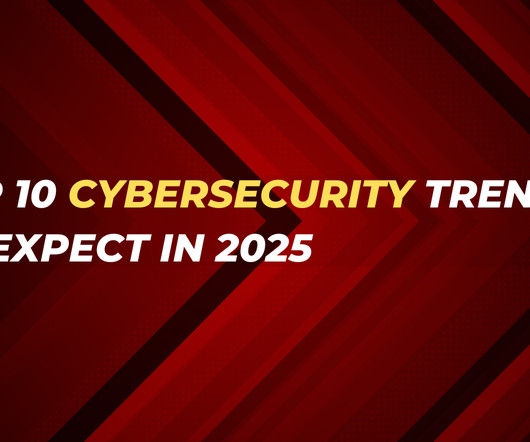Top 10 Cybersecurity Trends to Expect in 2025
Hacker's King
DECEMBER 24, 2024
Expansion of Cyber Insurance As cyberattacks grow in frequency and scale, the demand for cyber insurance will surge. In 2025, insurers will refine their policies to cover new threats such as ransomware and supply chain attacks, providing businesses with financial safeguards against cyber losses.














Let's personalize your content